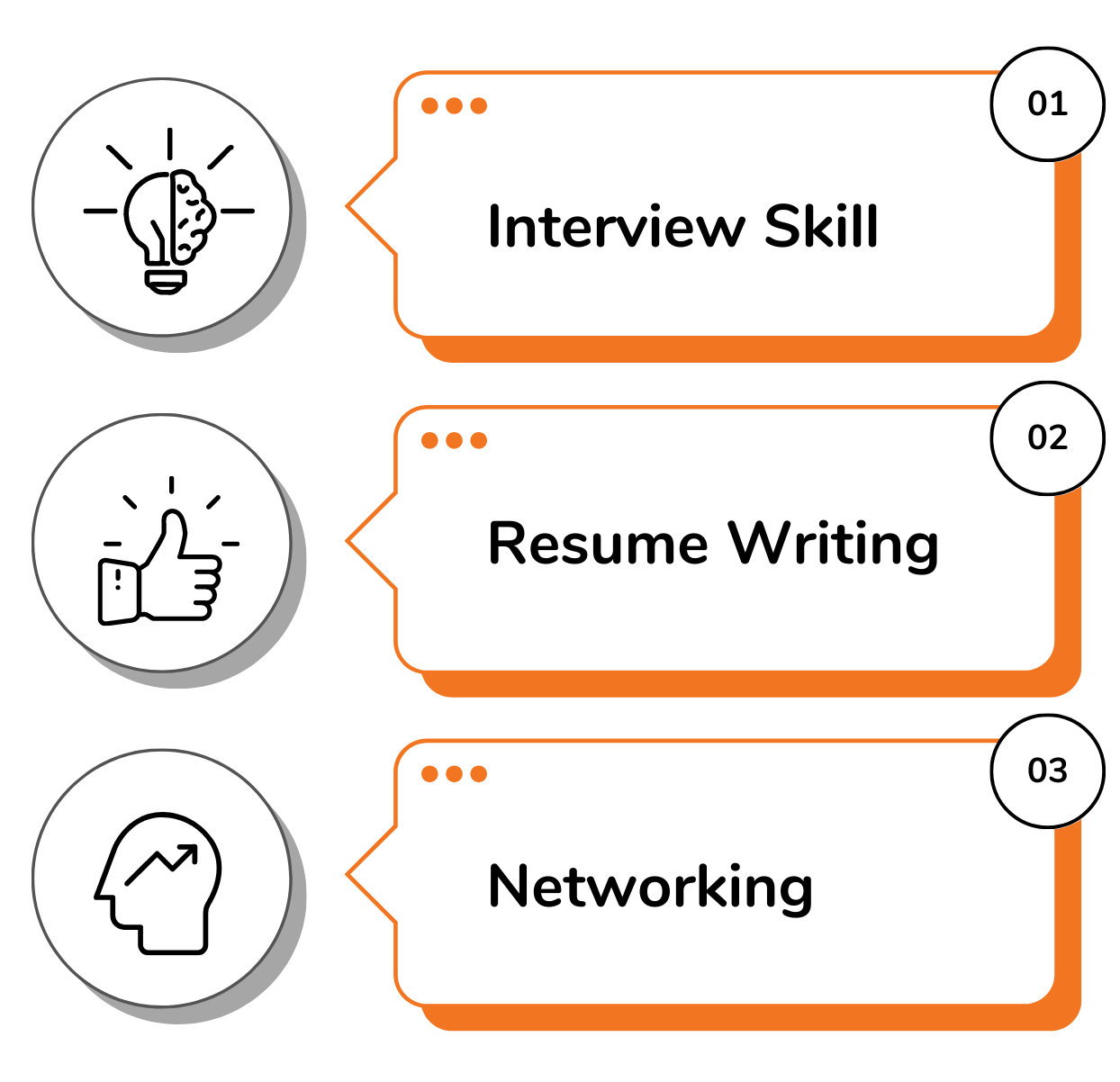Description:
Duration:

Eligibility:
Benefits

Note: This syllabus provides a general outline for a Database course. The instructor can further customize it based on the students' needs and the course objectives. Additional topics like advanced SQL, database design patterns, data modeling techniques, or specific database management systems (Oracle, SQL Server, etc.) can be included in more advanced courses.


Pune, Maharashtra, India
+91 7558555801
asdrinfotech@gmail.com
Copyright© 2022 ASDR Infotech - All Rights Reserved | Powered by ASDR Infotech Pvt.Ltd.